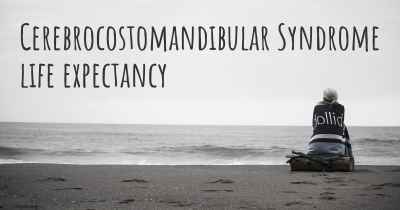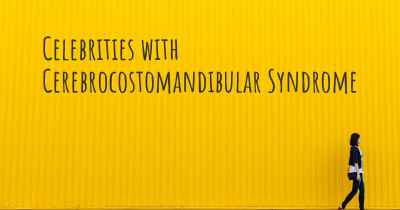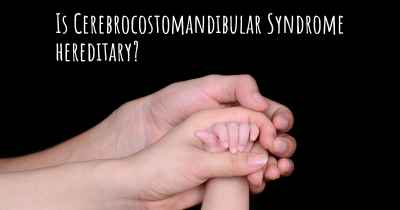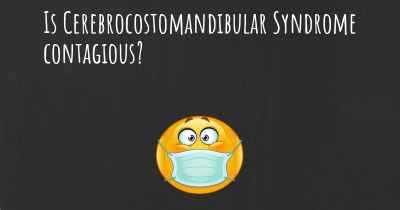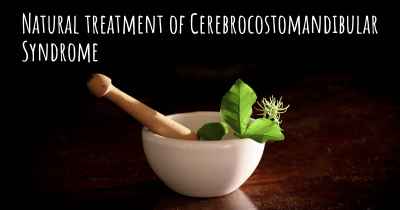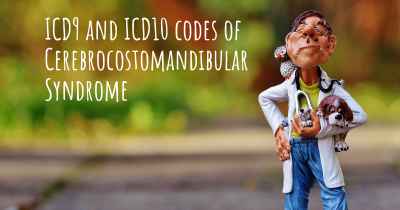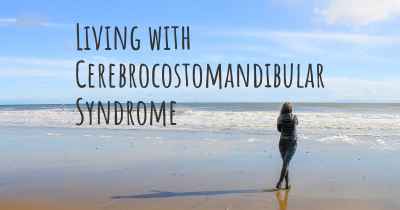Which are the symptoms of Cerebrocostomandibular Syndrome?
See the worst symptoms of affected by Cerebrocostomandibular Syndrome here
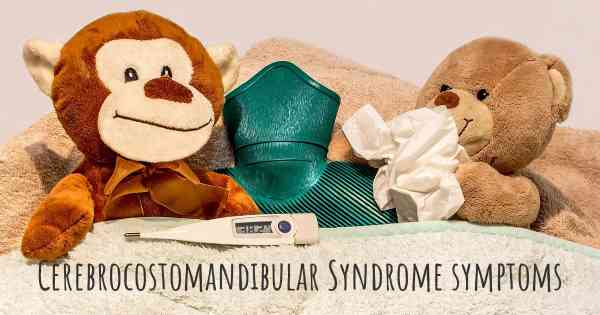
Cerebrocostomandibular Syndrome (CCMS) is a rare genetic disorder that affects multiple systems in the body. It is characterized by a combination of craniofacial, vertebral, and rib abnormalities, along with intellectual disability and developmental delays. The symptoms of CCMS can vary widely among affected individuals, making it challenging to diagnose.
Craniofacial abnormalities: Individuals with CCMS often exhibit distinct facial features, including a small head (microcephaly), a prominent forehead, widely spaced eyes (hypertelorism), a small jaw (micrognathia), and a cleft palate. These craniofacial abnormalities can contribute to difficulties with feeding, breathing, and speech development.
Vertebral and rib abnormalities: CCMS is characterized by abnormal development of the spine and ribs. This can lead to various spinal deformities, such as scoliosis (sideways curvature of the spine), kyphosis (excessive forward curvature of the spine), or fused vertebrae. Rib abnormalities may include missing ribs, extra ribs, or fused ribs. These skeletal abnormalities can cause respiratory problems and restrict lung function.
Intellectual disability and developmental delays: Most individuals with CCMS have some degree of intellectual disability. The severity can range from mild to profound. Developmental delays are also common, affecting motor skills, speech and language acquisition, and cognitive abilities. Some individuals may have behavioral issues or exhibit autistic-like behaviors.
Other features: Additional features that may be present in individuals with CCMS include hearing loss, heart defects, kidney abnormalities, and gastrointestinal problems. Seizures and vision problems have also been reported in some cases.
Due to the rarity of CCMS and the variability of symptoms, it is important for affected individuals to receive comprehensive medical evaluations and genetic testing to confirm the diagnosis. Management of CCMS involves a multidisciplinary approach, addressing the specific needs of each individual. Treatment may include surgical interventions to correct craniofacial or skeletal abnormalities, therapies to support developmental progress, and ongoing medical care to address associated health issues.
It is crucial for individuals with CCMS and their families to have access to appropriate support networks and resources. Connecting with patient advocacy groups and seeking genetic counseling can provide valuable information and emotional support.
